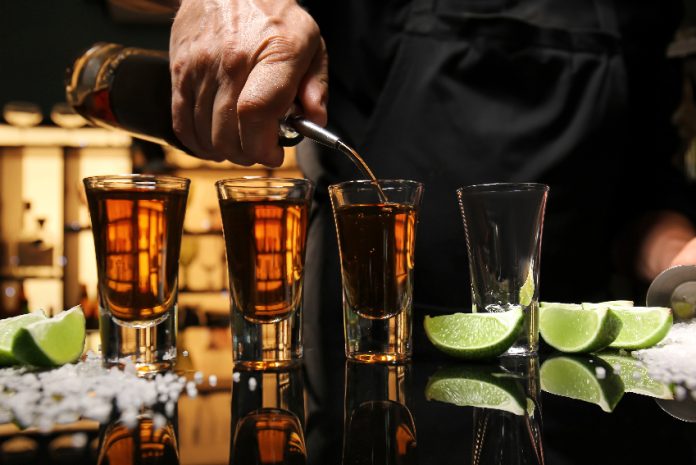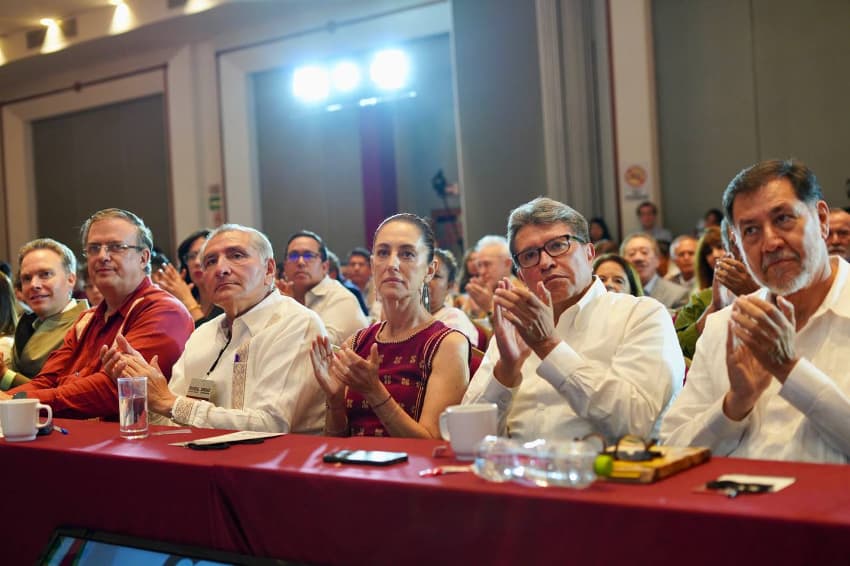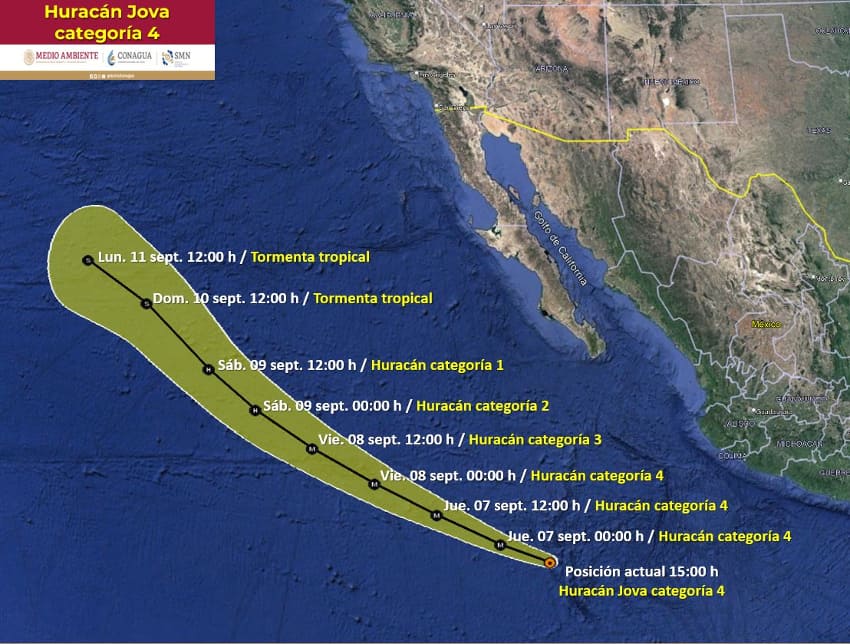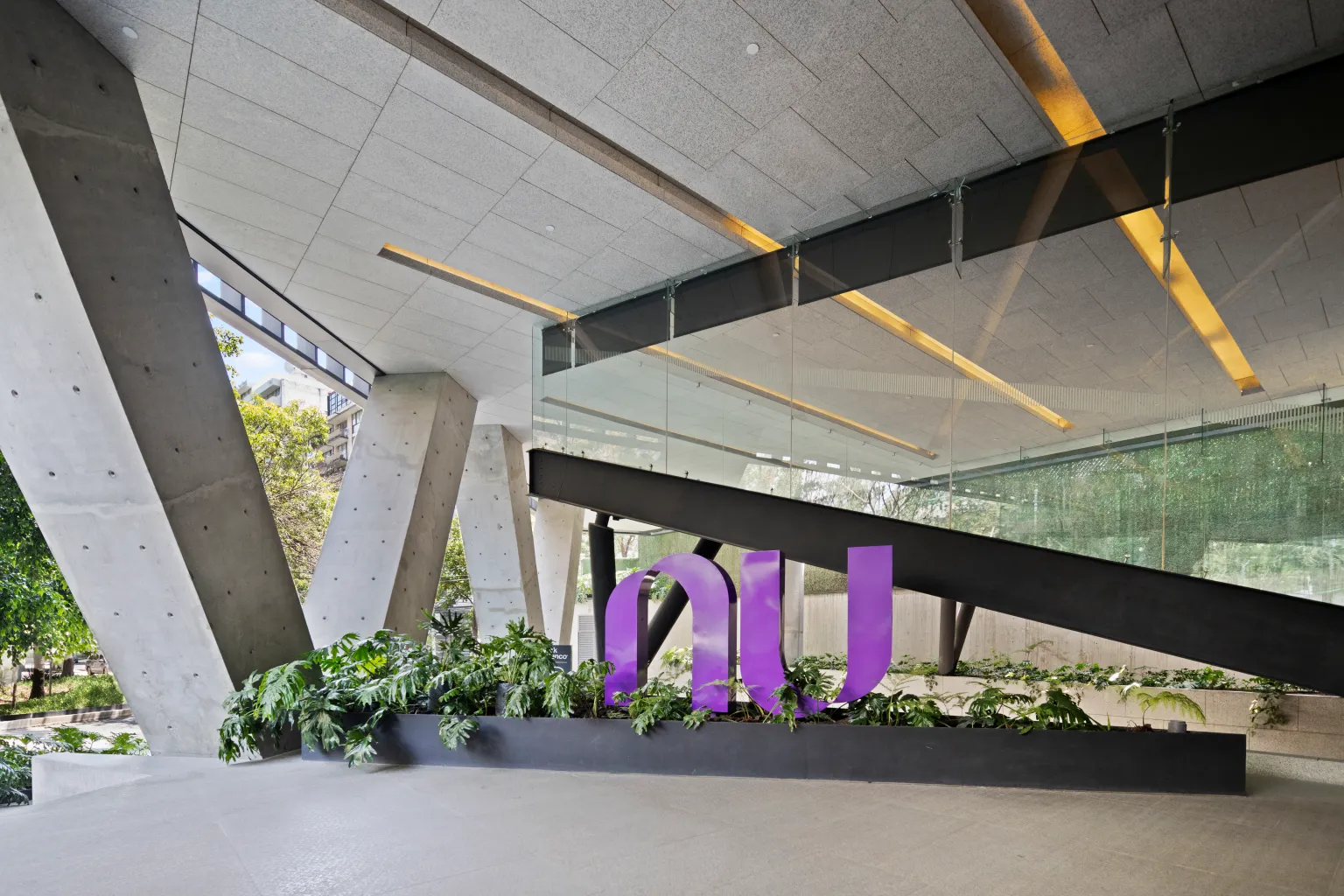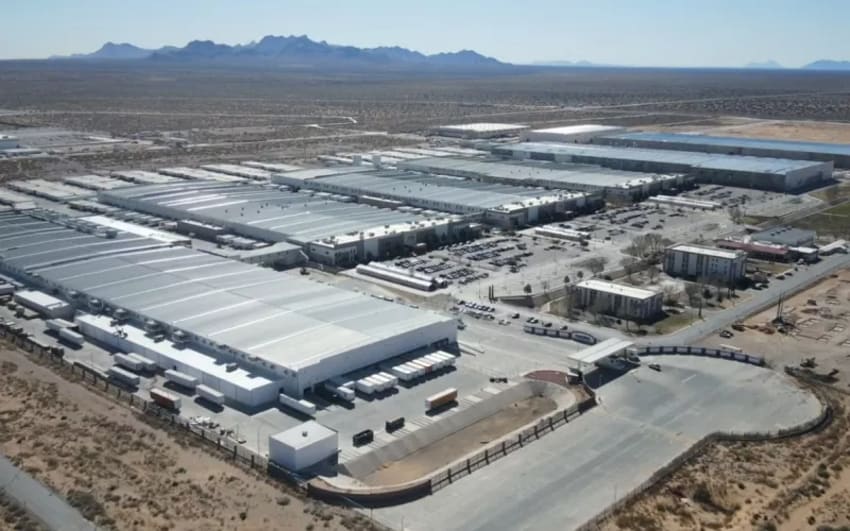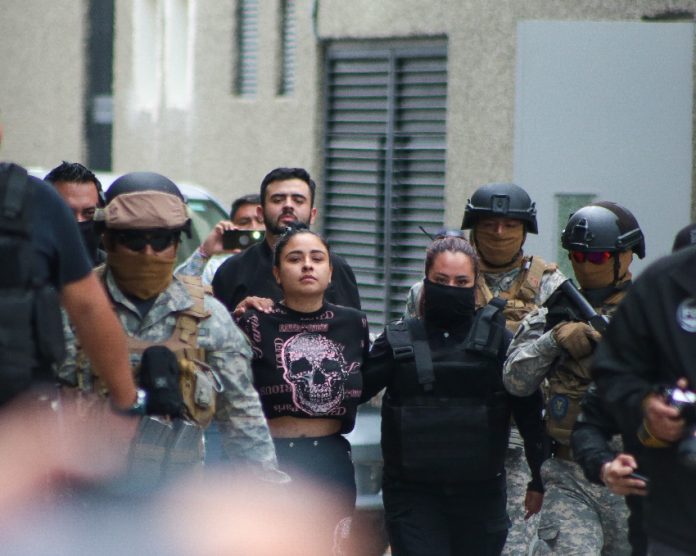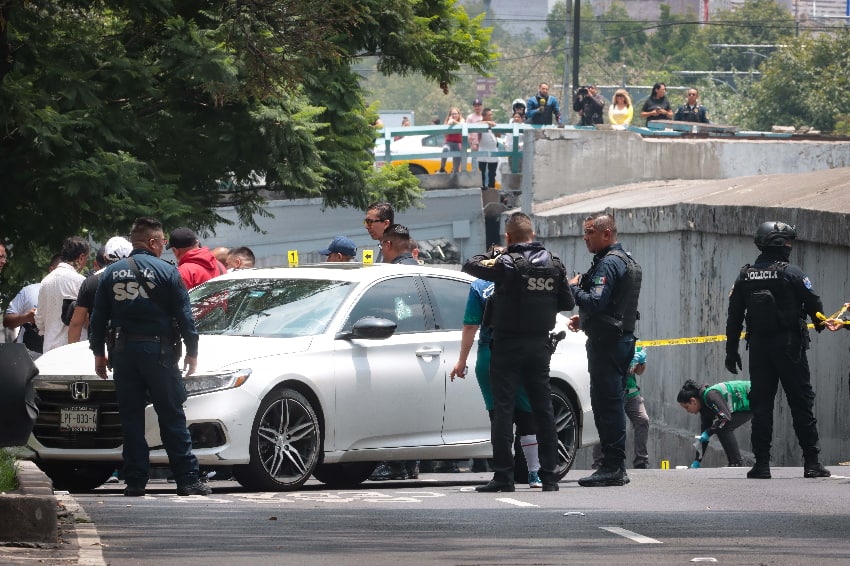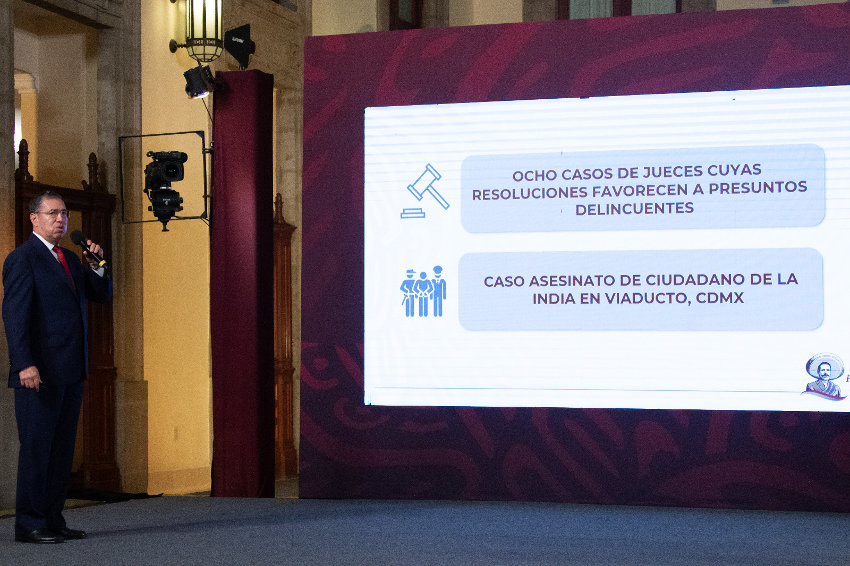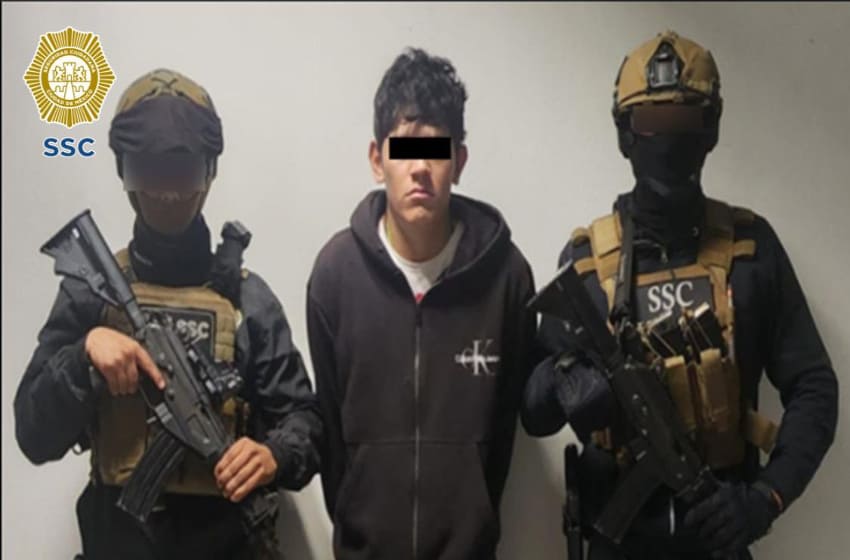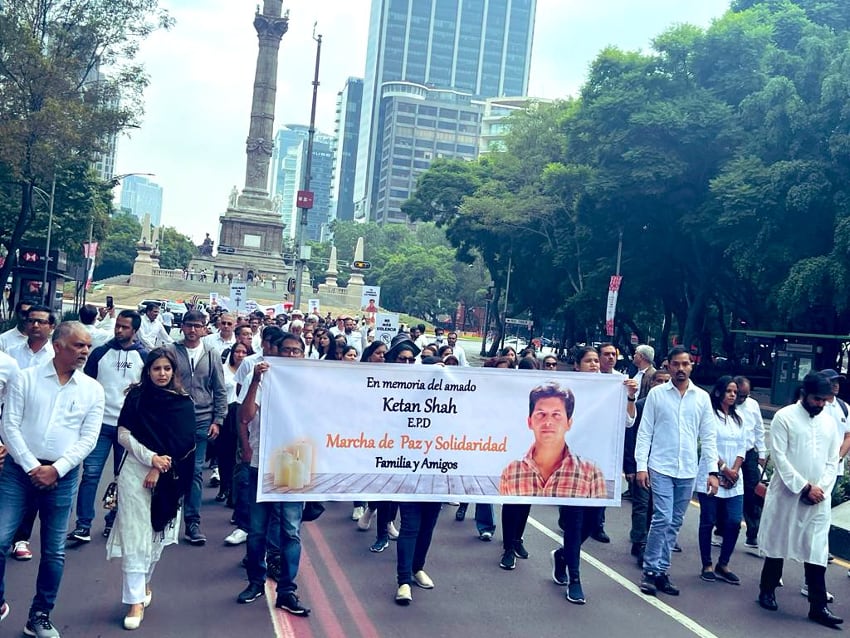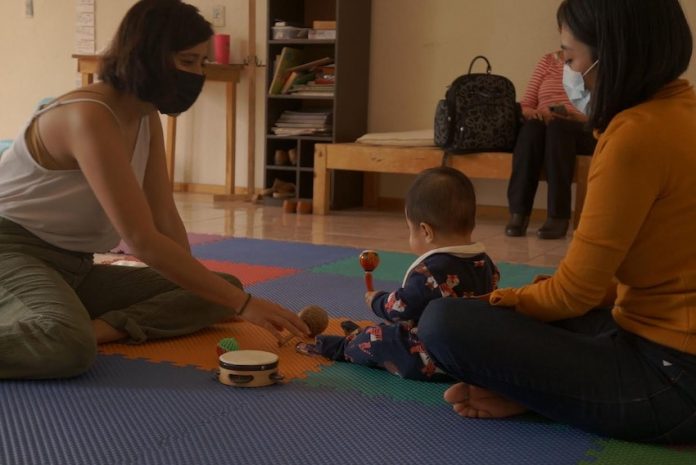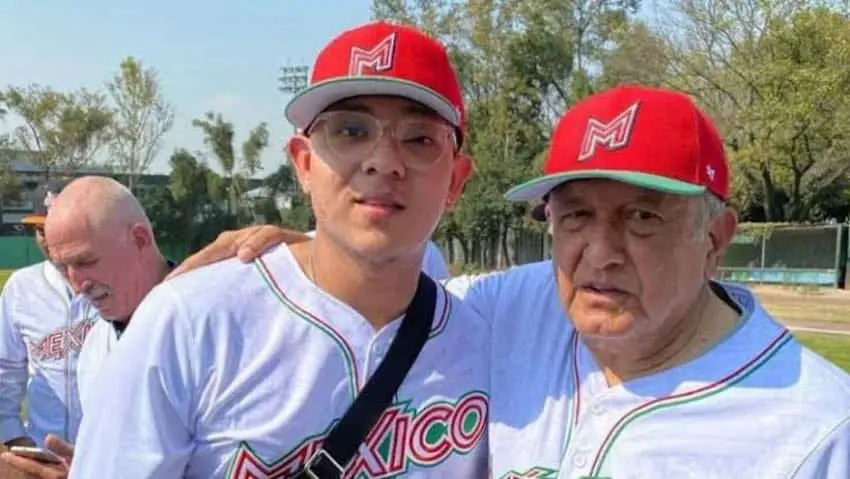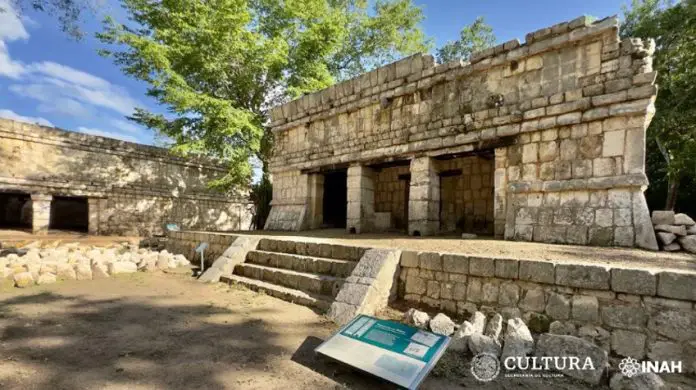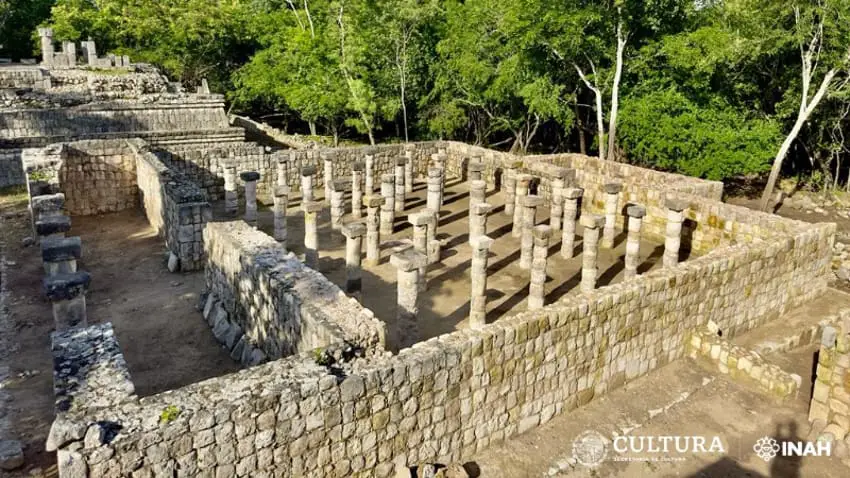Inexpensive bottles of tequila are ubiquitous in Mexican supermarkets and convenience stores, but you may have noticed that the word “tequila” is nowhere to be found on their labels. You’re much more likely to find licor de agave (agave spirit) printed there. That’s because there are legal restrictions on what products are allowed to use the name “tequila.”
What is an appellation of origin and when did Mexico adopt it?
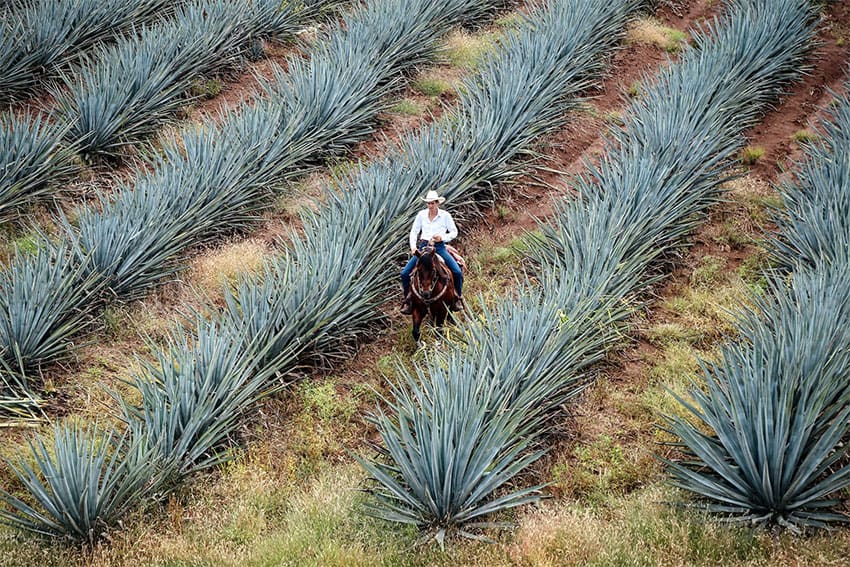
That restriction is called an appellation of origin (AO), or denominación de origen in Spanish. The concept originated in Europe with the aim of protecting certain highly respected foodstuffs from copying and modernization. The most famous example of this is champagne; officially, the name can only be applied to sparkling wine produced in Champagne, France.
Mexico adopted the concept when it signed onto the Lisbon Agreement for the Protection of Appellations of Origin and their International Registration in 1964. This agreement and a web of related treaties means that participating countries respect each others’ declarations of AO, meaning that “tequila” just about everywhere has similar protection as it does in Mexico.
AOs are managed by the Mexican Institute of Industrial Property (IMPI) as they are the property of the Mexican government.
Tequila received an AO in 1974, according to the Official Daily of the Federation or the Diario Oficial de la Federación, and it has become the gold standard as to how valuable the designation can be in making a product desirable worldwide. Since then, 17 other products have received the status. Among these are five kinds of liquor, three varieties of coffee, and several other agricultural products. Three non-food items also have AOs: Olinalá lacquerware, Chiapas amber, and Puebla and Tlaxcala talavera.

AO-designated products and economy
According to figures from Mexico’s Merchandise Trade Balance, exports of goods with AO amounted to approximately US$4.475 billion, with much of that coming from the sales of tequila and mezcal alone. But obtaining an AO for a product is not easy as the process is complicated and costly. Mexico considers a number of factors in granting AO status, but the most important is that the product under consideration has a unique character that is tied to a geographic region and is generally known as being from that region historically. Other factors such as environment, workmanship, and culture can also be considered. A product’s name will often indicate its region, though not always.
Changes and considerations for AO products
Receiving an appellation of origin does not mean that changes to a product are out of the question. Intense pressure to supply the world with tequila means that Mexico has modified its AO to include spirits made with blue agave grown not only outside of the fields of Tequila but outside Jalisco altogether: tequila can now be made with agave grown in Michoacán, Nayarit, Guanajuato, and even Tamaulipas, on the other side of the country. Small batch production of tequila has all but disappeared in favor of industrial-scale production, and efforts have even been made to make the blue agave harvestable before the seven years needed for it to reach natural maturity.

Mezcal is the AO with the largest geographical definition in the world. Historically, it simply meant a distilled liquor made with agave — tequila, for example, is technically a mezcal — but the term can legally be used in Mexico to label a spirit made in parts of Guerrero, Guanajuato, Durango, San Luis Potosí, Zacatecas, Oaxaca, Tamaulipas or Michoacán Whether the “mezcal” uses a particular kind of agave is not a factor.
Perhaps truer to the original intent of AOs are very regionally specific alcohols like bacanora, the various agricultural products, and even the above mentioned handcrafts, as these are not subject to the same pressure to meet demand as tequila and mezcal are. There aren’t the market pressures to tempt the industries to change their ways of production and issues like original materials and production techniques remain significant factors.
Could the appellation of origin be doing more harm than good?
The loosening of requirements to retain AO status under market pressure is one criticism of how Mexico handles the matter. Another has to do with day-to-day regulation, which IMPI delegates to non-profit organizations in the relevant business sector. This has become a problem with mezcal, as several years ago the one organization tasked with this dissolved and three others have since fought to take over. Who has the right to decide which products get the label has become contentious in no small part due to mezcal’s phenomenal growth over the past decade.
Another criticism is that AO status disproportionately benefits large producers with the resources to obtain an AO in the first place and make sure their own products carry the certification. It is extremely valuable as the federal government has programs to facilitate exports of AO products, another costly bureaucratic hurdle.

Politics plays a significant role in the establishment of AO’s and who and what can be included. When sotol received its AO in 2002, it specifically excluded that made on the Texas side of the border, even though the exact same plant grown in the exact same Chihuahua Desert is used. It took some negotiation with the U.S. to get such exclusion recognized. The same AO also excludes sotol produced in northern Zacatecas because producers there did not participate in the original process, according to Roberto Palacios of Sotol Excéntrico in Coahuila.
In recent decades, there has been a dispute between Puebla and Tlaxcala on one hand and Guanajuato on the other over the use of the word talavera for the two pottery traditions. Guanajuato producers refuse to call their wares anything else despite the legal restrictions.
One alternative to the AO is the collective brand name, which allows a group of producers to market their products together as authentic, but with fewer requirements. Smaller producers have been pushing IMPI to expand such labeling, especially in the face of international copying of Mexican textiles, among other products.
Lastly, the most significant criticism of this geographical indication is that AO may simply be not much more than a marketing ploy, given how little attention is paid to conserving tradition, and the fact that copycats and false advertising remain rampant with Mexican products, especially domestically.
Mexican products with AO
- Mezcal
- Charanda
- Bacanora
- Sotol
- Raicilla
- Chiapas coffee
- Veracruz coffee
- Pluma coffee (from Oaxaca)
- Papantla vanilla
- Morelos rice
- Grijalva cacao
- Yucatán Habanero chili peppers
- Yahualica chile de árbol chili pepper
- Chiapas ataulfo mangos
- Olinalá lacquerware
- Chiapas amber
- Puebla/Tlaxcala Talavera
Leigh Thelmadatter arrived in Mexico over 20 years ago and fell in love with the land and the culture in particular its handcrafts and art. She is the author of Mexican Cartonería: Paper, Paste and Fiesta (Schiffer 2019). Her culture column appears regularly on Mexico News Daily.
